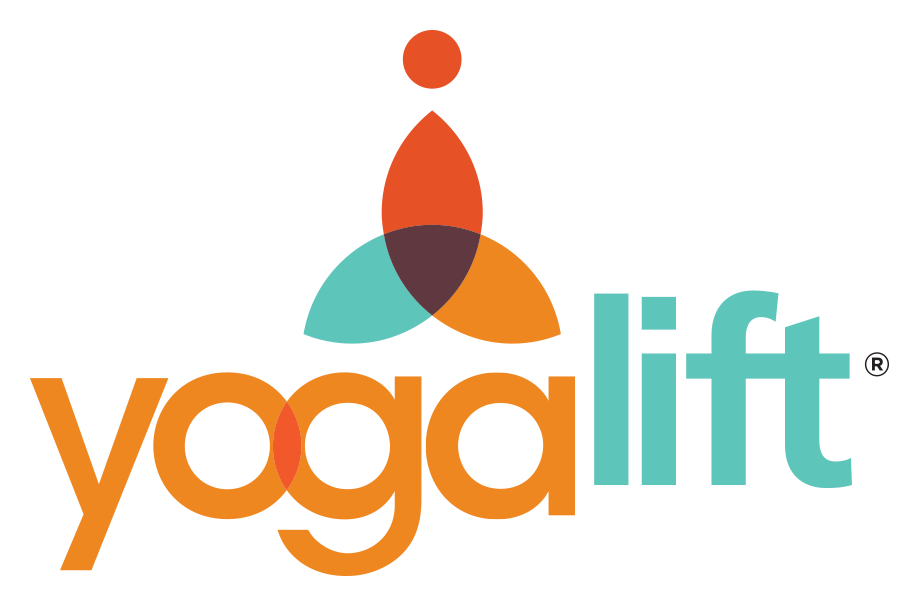Five Fitness Mistakes To Avoid in 2021
2020 was challenging in ways that just the prior year were unimaginable. Fitness-wise, most protocols that one had in place or intended to get in place, were suddenly no longer options. Overnight, health clubs and yoga studios shuttered doors, pools drained, and sport courts emptied. Massage therapists, chiropractors, personal trainers, and therapists either took a break, cut hours, or began to offer online services. Walking mates, cycling groups, tennis and pickle ball partners became more and more scarce. As social lives were curtailed, folks took to their homes and couches. While the fitness venue may have shifted to primarily homes this past year, sound fitness advice has remained much the same. Yet, for many, the loneliness, despair, and uncertainty of the past year has made it harder than ever to make health a priority. Staying fit at home requires extra planning, momentum, and a dose of resilience, but it is possible. Here are my thoughts on how to make 2021 a healthier year.
Fitness Mistakes To Avoid
1. Choosing Fast Fitness Trends over a Lifestyle Approach
The Paleo diet and Intermittent Fasting were among the most popular weight loss plans of last year. That they do result in quick weight loss means that healthy or not, they are likely to continue. These plans have some merit and might be useful to jump-start a health plan, but because they are difficult to sustain they are best approached with caution and some modifications. It’s important to know that losing weight too quickly leads in the direction of poorer not better health. Most people will get leaner by focusing on healthy lifestyle changes that include fewer carbohydrates, more vegetables, and shortening the consumption window to 12 hours. Although it’s tempting to make herculean efforts, research suggests that making small, doable shifts in daily habits is a wiser approach. This slower, less punitive, path to getting fit is about honoring yourself and your pace. Be willing to take the time to experiment with what changes fit for YOU and give your being, (body-mind-spirit) time to adapt to them. Trust that over time small changes do lead to sustainable habits.
2. Not Strength Training, Period
Many people unwittingly sacrifice fat-burning muscle mass in the rush to shed weight. In the long run this misguided strategy results in a slower metabolism and leads to the horrors of cycle dieting with each attempt just getting harder. Recall the plight of many ‘Biggest Loser’ contestants who through draconian methods lost pounds quickly but in the long haul weren’t able to sustain their new weight without drastically cutting caloric intake. Too much of weight lost in “lose weight fast plans” is precious fat-burning muscle tissue. The only way to preserve this health enhancing tissue is through resistance training. By choosing to lose weight more slowly via a reasonable nutrition plan coupled with strength training, you actually improve your overall health and boost your metabolism. In addition to being able to function better in your daily life, strength training staves off diabetes, osteoporosis, and slows aging in general. Whether or not weight loss is a goal, resistance training is the best defense against premature aging.
3. Not Planning Your Success
One way to get more serious about your health is to start tracking what you eat. This suggestion is often met with resistance because A. It’s initially time consuming and B. People think they need to be perfect. Understanding that recording your intake is a learning and accountability tool rather than a punitive and shaming one can help you relax into the tracking process. This reframe makes mindful eating more likely to happen and the whole process more enjoyable. I suggest the free version of the Lose It App as a way to get started. To take your fitness to the next level make it as important as the rest of your life! Pre-plan workouts in the same schedule that you use to record your other obligations. That way your commitment to fitness remains front and center.
4. Not Setting Up A Home Gym
Being set up to train at home means that you can get a workout in no matter what external circumstances (closures, weather) dictate. Even as guidelines for gyms and studios loosen, it’s nice to have the option of not having to go anywhere to get the job done. A simple home gym would include a foam roller, a few dumbbells, a set of exercise tubes, and a yoga mat. As far as cardio goes the best piece of equipment is the one that you are most likely to use. Too often an expensive treadmill or stepper turns into a dust collector or a coat rack. And there is always the great outdoors to provide fresh air and a change of scenery while walking, jogging, biking, etc.
5. Not Changing Your Thinking
Emerson said, “You become what you think about all day long.”
The spiritual path teaches that our power lies in changing our thoughts. What we think creates the attitudes that we live by and fuels how we feel. Start noticing, without judgement, your mind’s general climate and all its unproductive thoughts, beliefs, and attitudes. Then practice a “right mind” mindset by reframing problems, negativity barriers, and worn out beliefs into gifts of insight.
Following through with anything, including exercise and eating well, is infinitely easier if we believe in and support ourselves. You can build self-trust through a combination of follow- through and changing how you think about and talk to yourself. That the “kind to self” approach helps the change process more than the “beat self with a stick approach” is a research backed wellness trend that is here to stay. Practice supporting ALL of yourself just as a best friend would.
Namaste and Happy New Year!
Shannon

